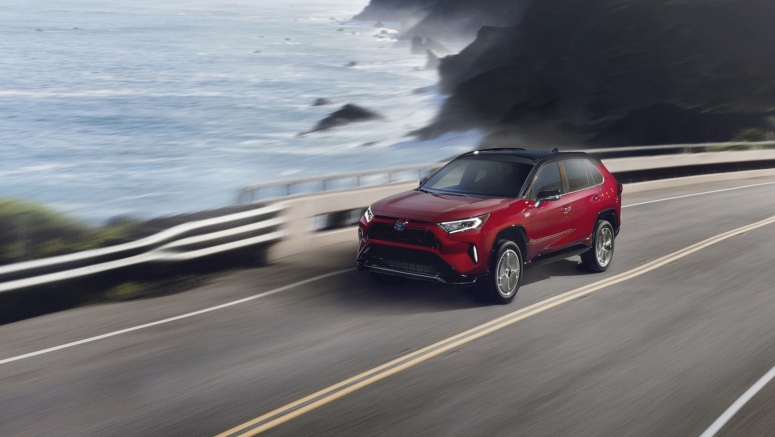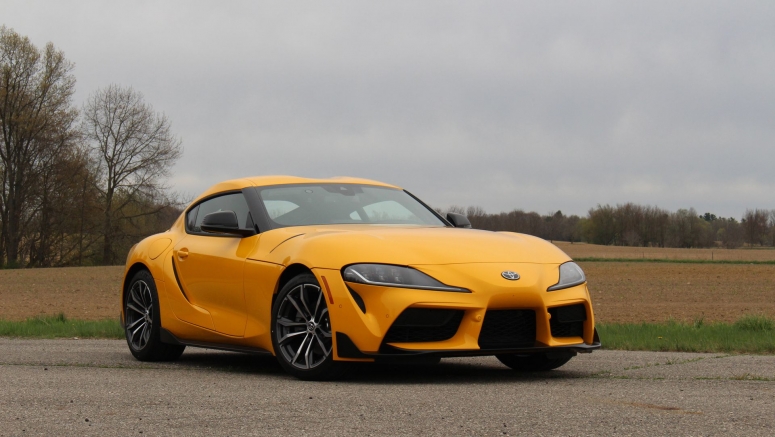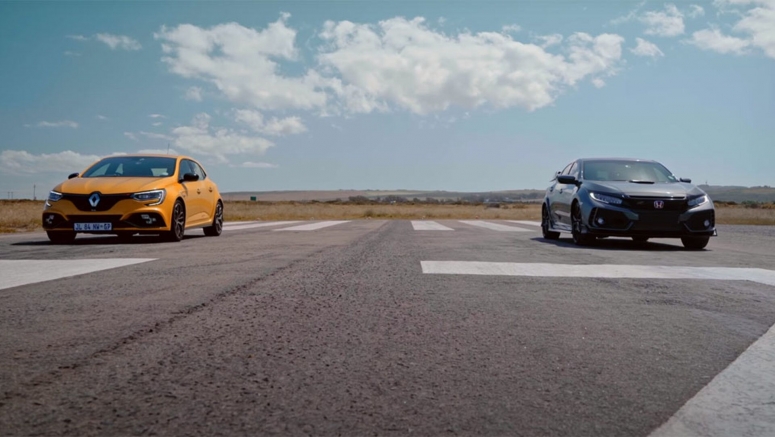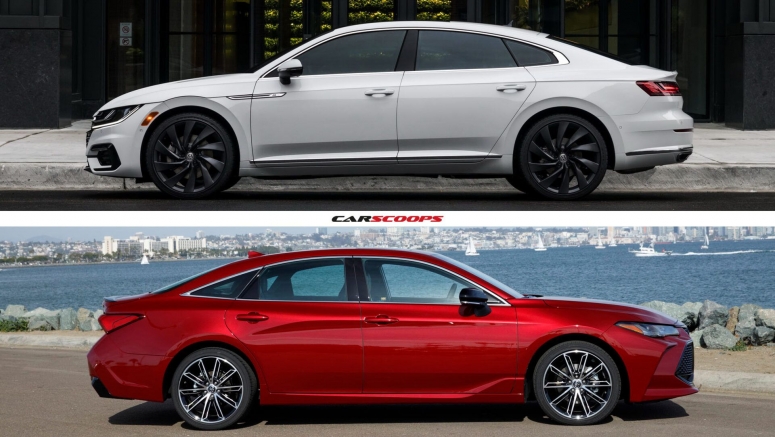2020 Ford Escape Phev Specs Vs. 2021 Rav4 Prime, 2020 Outlander Phev

This year is when the entry-level plug-in crossover market really starts to heat up. Both Ford and Toyota have new models in the 2020 Ford Escape and the 2021 Toyota RAV4 Prime. They join the segment veteran Mitsubishi Outlander PHEV, which has been available in the U.S. since the 2018 model year. And of course that means it's time to look at how the numbers add up while we wait for our chance to drive the new competitors. You can find a chart with all the details immediately below, followed by more detailed analysis.
- Published in Auto Moto
- Read more...
Cupholder Test: Subaru Forester Vs. Honda Cr-v

When I got our long-term Subaru Forester back from the shop to fix a mysterious source of moisture, I also happened to have a Honda CR-V Hybrid taking up temporary residence in my driveway. After testing out my large son's car seat in each to these two right-sized vehicles, I moved on to the examine their capacity for the second-most-precious cargo they could carry: beverages.
I counted eight cupholders in each of these cars, which amounts to two per outboard passenger. Two front cupholders on the center console, one in each front door, one in each rear door, and two in the center armrest that folds down in each rear row. That's not Subaru Ascent levels of beverage storage (19 cupholders!), but it should be plenty to keep a family hydrated on a short-to-medium drive. Though these two appear to be equal in quantity, let's take a closer look and see if they're equal in quality, too. I brought along a Klean Kanteen bottle that's about the same size as most other brand of metal water bottles folks carry around, a big Corkcicle 24-ounce insulated tumbler, a standard 12-ounce soda can, and a skinny, 7.5-ounce soda can that's the same width as a lot of canned energy drinks. As a bonus, I — the man known to Twitter as "that one dude with the Nalgene bottle" — brought my trusty 32-ounce Nalgene to see if it fits anywhere.
- Published in Auto Moto
- Read more...
2021 Toyota Gr Supra Exhaust Comparison | 2.0 Vs. 3.0

Toyota introduced a new four-cylinder Supra for the 2021 model year and improved the six-cylinder model, too. You can read about what's new and how the two drive in our First Drive story, but here we're going to talk about how they sound. The video clip mashup is at the top where you can get a taste of what it's like to be on the bumper and inside the respective Supras one after another.
The Supra 2.0 is the entry-level option now, and the 2.0-liter turbocharged four-cylinder produces 255 horsepower and 295 pound-feet of torque. We know it's going to be cheaper, but we're not sure how much cheaper yet. One big step up from the 2.0 brings us to the 3.0, equipped with a 3.0-liter turbocharged inline-six engine. Toyota added power for 2021, bringing the output up to 382 horsepower and 368 pound-feet of torque — it previously made do with 335 horses and 365 pound-feet of torque. Both engines are pulled directly from BMW and are used in the Supra's platform mate, the BMW Z4.
- Published in Auto Moto
- Read more...


